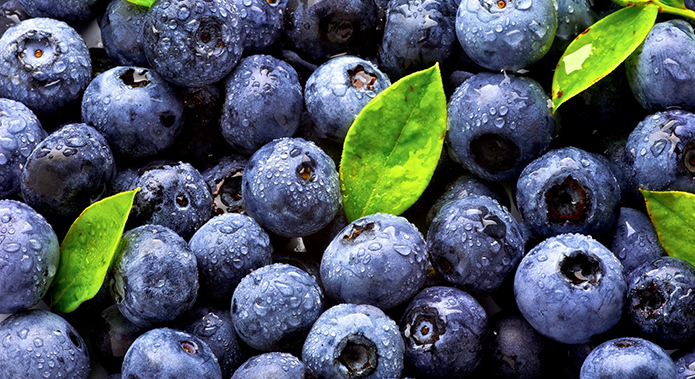



Article by: Hari Yellina
Blueberries from Peru, also referred to as “blue gold,” now have expanded market access in Israel. This comes after Peru’s Ministry of Agrarian Development and Irrigation (MIDAGRI) announced the opening of a new Asian market for Peruvian blueberries, which was in response to an official communication from Israel’s Plant Protection and Inspection Service (PPIS). This connection to Israel was specified by the National Agricultural Health Service of Peru (SENASA), a strategic division of MIDAGRI. With this most recent market, the Peruvian “blue gold” can now be sold in 62 different countries. “To continue creating opportunities and make sure that our products are consolidated globally, entry to new markets must be managed.
These steps complement field activity, which is concerned with providing phytosanitary assistance and guaranteeing the safety and health of our agricultural goods. It is anticipated that exports would surpass the 222,714 tonnes that were exported during the previous campaign with the introduction of this new Asian market, according to Miguel Quevedo, president of SENASA. The cold treatment for the fruit fly pest and the phytosanitary inspection prior to shipping are both included in the phytosanitary regulations specified for the export of blueberries to Israel. Peru is now the #1 exporter of blueberries in the world thanks to the rise of this crop’s agricultural exports. With an expansion of 17,707 hectares during the 2021–2022 campaign, it has exported 222,714 tonnes.
According to SENASA, these numbers show an increase in export volumes of 37% and in cultivated areas of 30% from the 2020–2021 campaign. La Libertad (49%), Lambayeque (22%), Lima (20%), Ica (8%), Ancash (7%), and Piura (7%), are the regions that contribute to the export of this fruit (5 percent). The top five export destinations for the 2021–2022 campaign was the United States (55%) followed by the Netherlands (23%), China (12%), and the United Kingdom (5%), with the remaining 5% going to other nations. Since these nations are distinguished by their stronger demand, Quevedo said, “Access to new Asian markets provides significant expectations for the sector.”